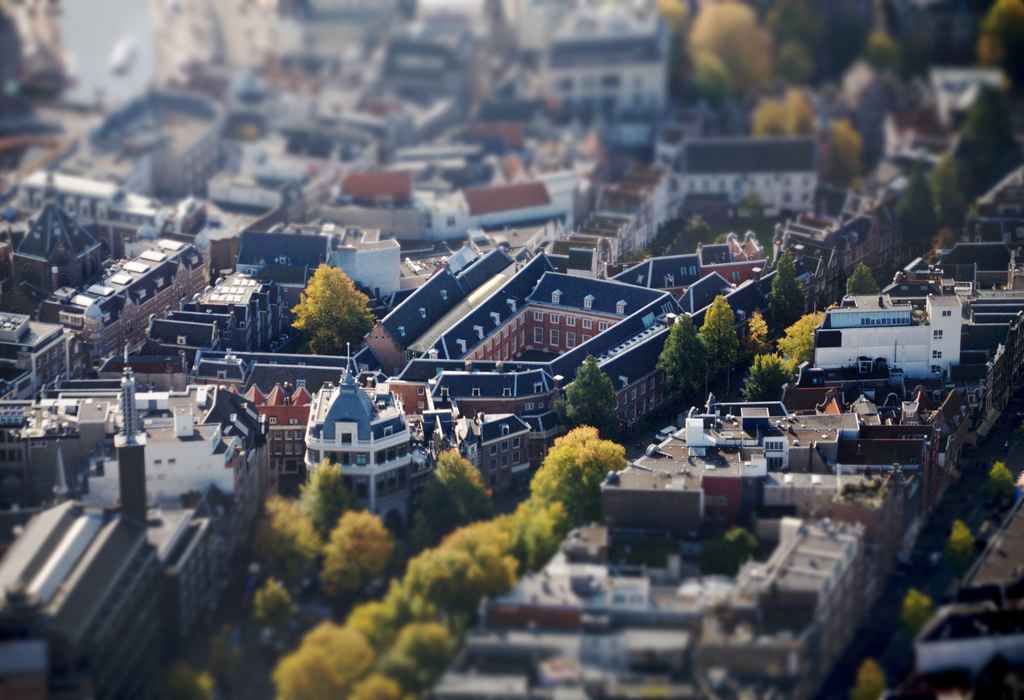S.M.C. (Maroesjka) Verhagen MA
- Kloveniersburgwal 48
- Room number: D0.09
-
Postbus 1610
1000 BP Amsterdam
-
Profile
Maroesjka is a PhD candidate at the Department of History of the University of Amsterdam. She holds a BA in Autonomous Art from the Gerrit Rietveld Academy, and a BA and RMA (both cum laude) in History from the University of Amsterdam. At the UvA she works on her project “Feeding the City: A Bird’s-Eye View of Amsterdam’s Food Supply from its Hinterlands, c.1600-1800” funded by the Amsterdam School of Historical Studies. In her research, Maroesjka explores how early modern domestic food supply functioned in the context of everyday life. The analysis and combination of a great variety of source types reveals a detailed food landscape, influenced by different actors, both human and non-human. Central to her research is the question how Amsterdammers navigated seasonality with regards to their food supply.
-
Research interests
Food history, history of knowledge, history of everyday life, visual and material culture, urban and rural history, environmental history, animal-human history.
-
PhD Research
Feeding the city: A bird’s-eye view of Amsterdam’s food supply from its hinterlands, c. 1600-1800
In her project Feeding the city, Maroesjka asks how early modern Amsterdammers navigated seasonality in relation to their domestic food supply. Whereas history often seems seasonless, cyclical changes in weather and temperature influenced daily life constantly and in major ways, particularly so for food. Since conditions in each season could be either more or less accommodating for the production of specific food types, seasonality guided the ordering of farming, horticulture and urban calendars, as people needed to plan their year around food in terms of production, merchandise and consumption. In the context of the rapidly transforming land- and cityscapes of the Northern Netherlands, Amsterdam offers an excellent case study. Early modern development of the urban-rural relationship in the Dutch Republic has been called a symbiosis, and the basis for propelling its modernisation. Food provision is at the heart of this relationship, yet its everyday functioning is still left largely to the imagination. The combination of a great variety of source types enables Maroesjka to provide new details in a more complete picture of the early modern food landscape of Amsterdam, with seasonality as an inescapable component that was constantly and increasingly challenged across the era, at each step of the journey from ‘soil to stomach’.
-
Ancillary activities
No ancillary activities
